When Dave Duttlinger spotted a dense, yellowish-brown cloud above his Indiana farm, his first thought was a grim “I told you so.”
His fears about leasing land for a solar project seemed to manifest as neighbors complained about the pervasive dust invading their homes and vehicles.
Fields of Panels, Not Crops
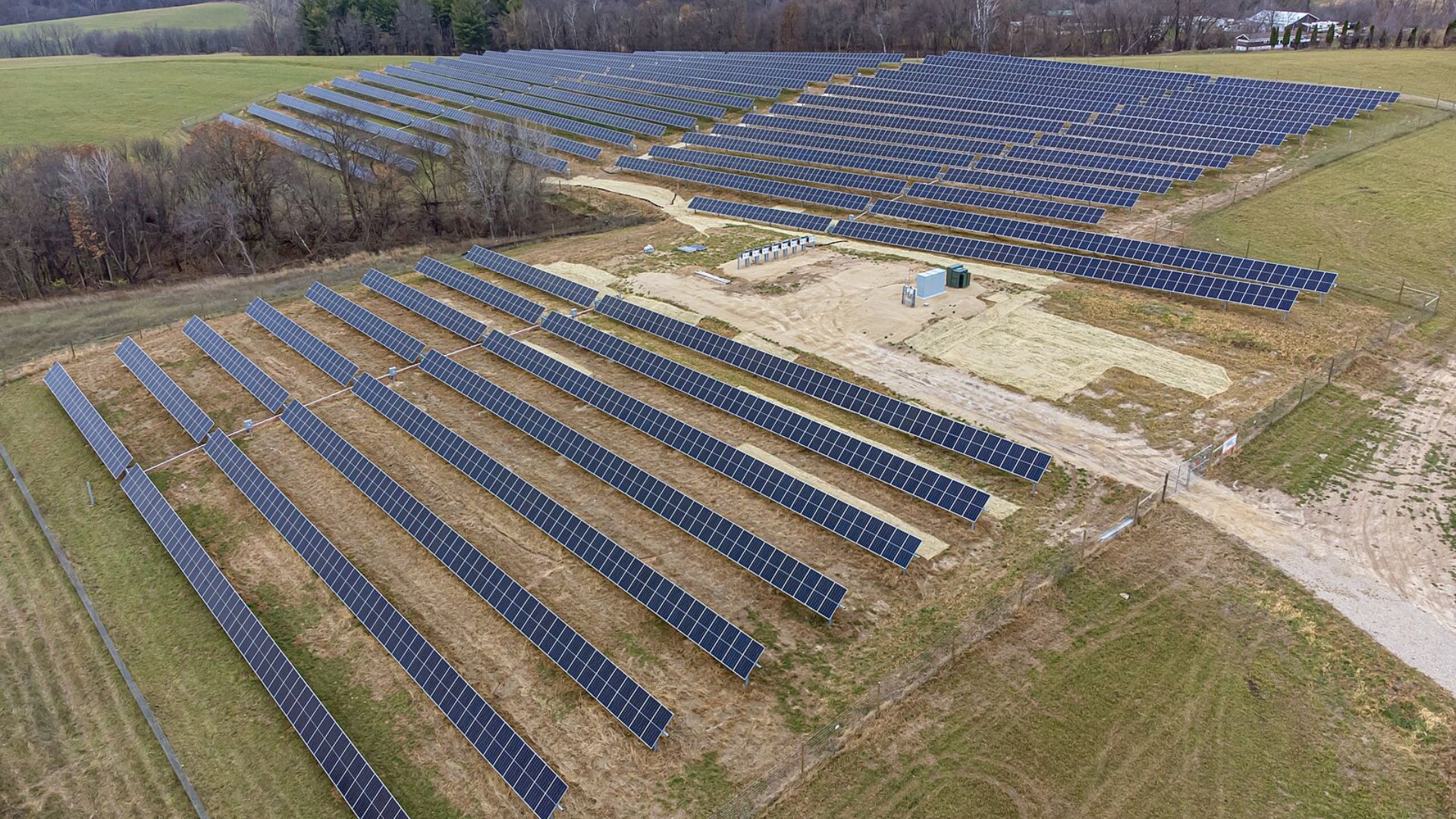
About 445 acres of Duttlinger’s farmland now host a sea of solar panels.
Reuters reveals that this transformation was part of a lease agreement with Dunns Bridge Solar LLC, a move that Duttlinger now regrets as he watches fertile soil blow away, leaving behind barren sand.
Neighbor’s Grievance: Who Cleans the Mess?
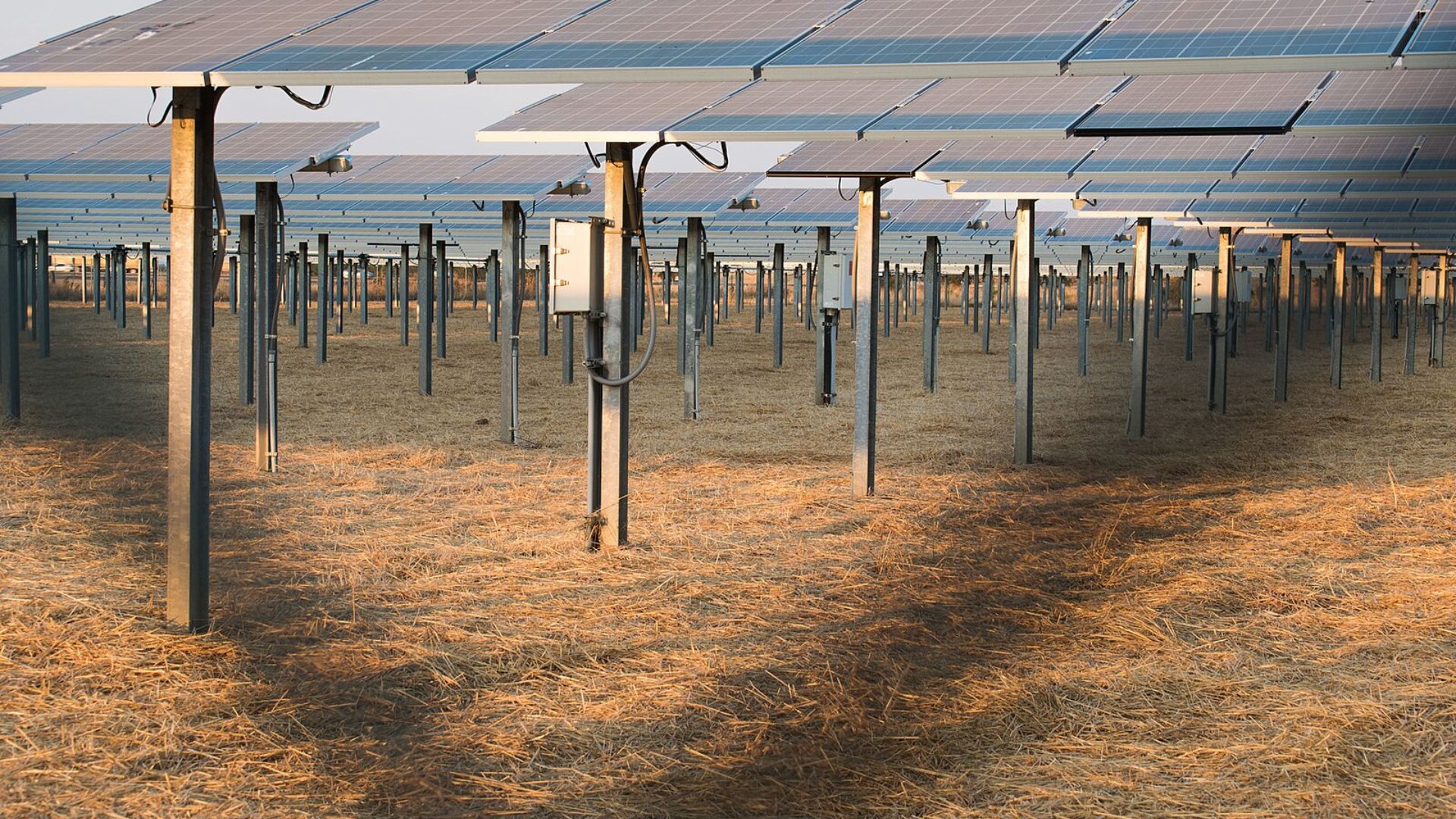
The dust didn’t just settle on Duttlinger’s conscience; it swept into his neighbor’s lives, too.
Queries piled up, with frustrated locals demanding to know who would take responsibility for the mess that once was nutrient-rich topsoil.
Broken Promises of Land Stewardship
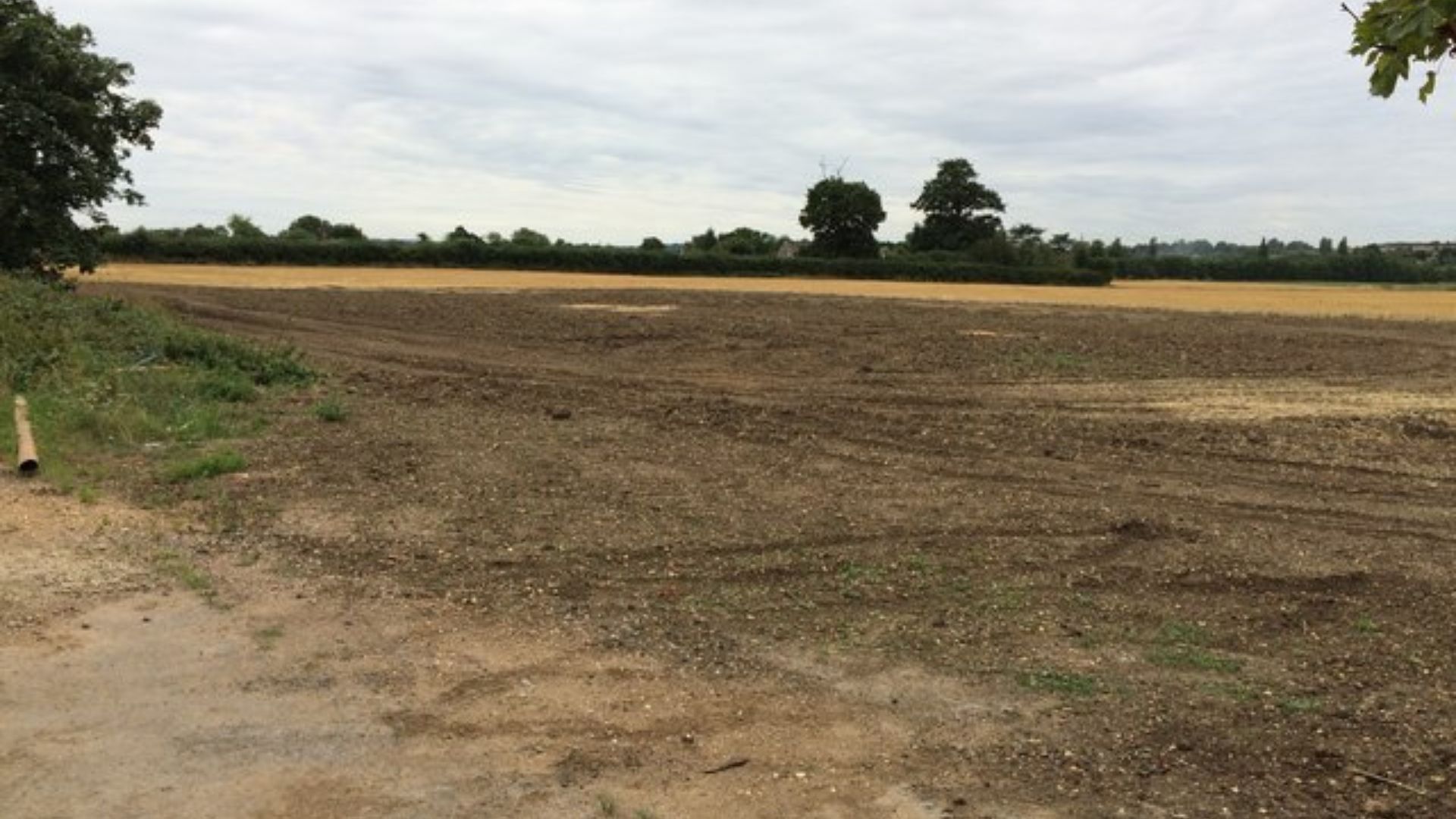
Despite assurances in the lease about minimizing damage and preserving topsoil, the reality was starkly different.
Subcontractors drastically altered the landscape, compromising the land’s integrity and Duttlinger’s trust in the project’s management.
A Barren Landscape
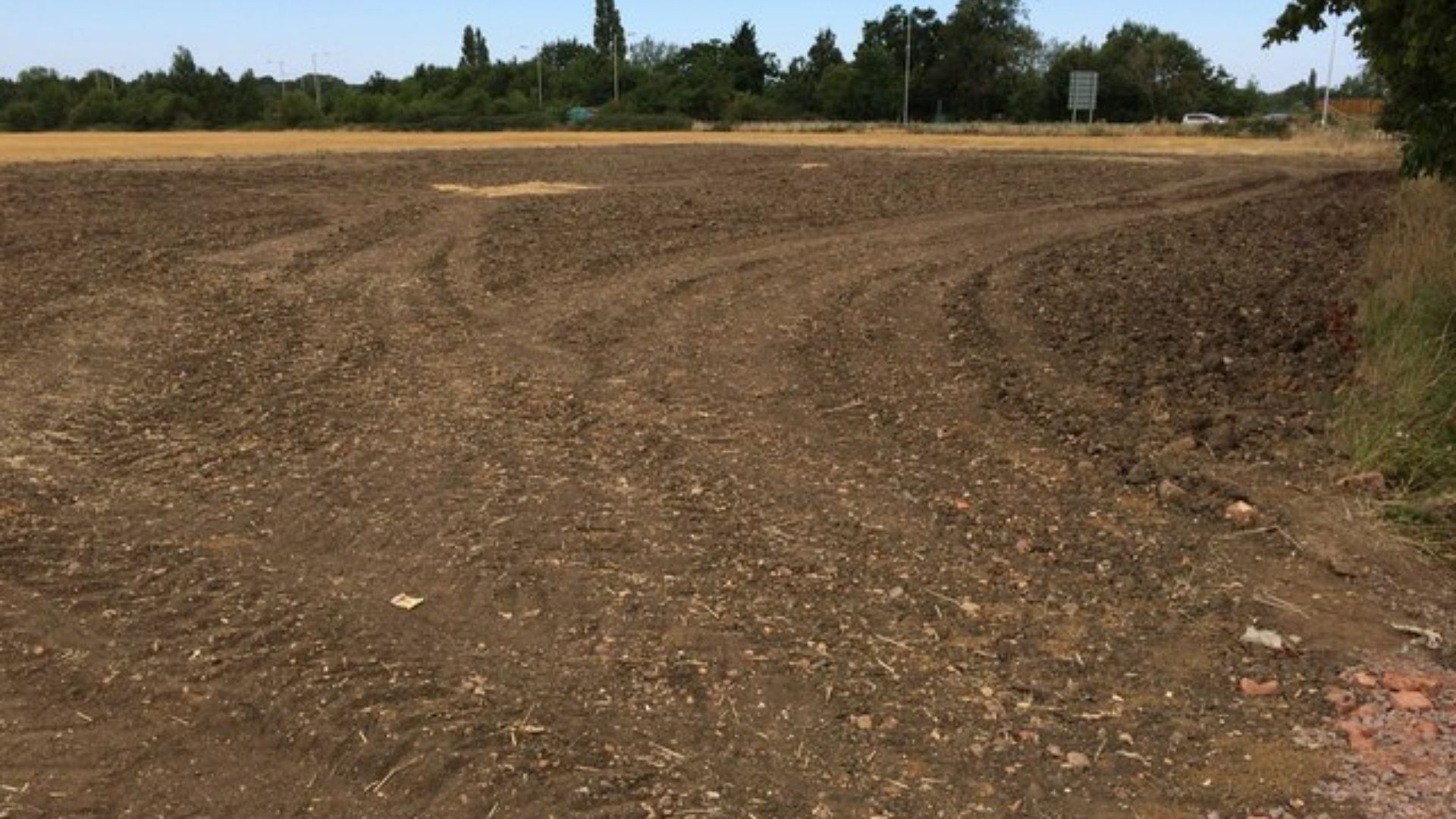
The damage seems irreversible, with large patches under the panels now resembling a desert more than farmland.
This stark transformation has left Duttlinger skeptical about the land’s agricultural future.
A Renewable Energy Giant’s Response
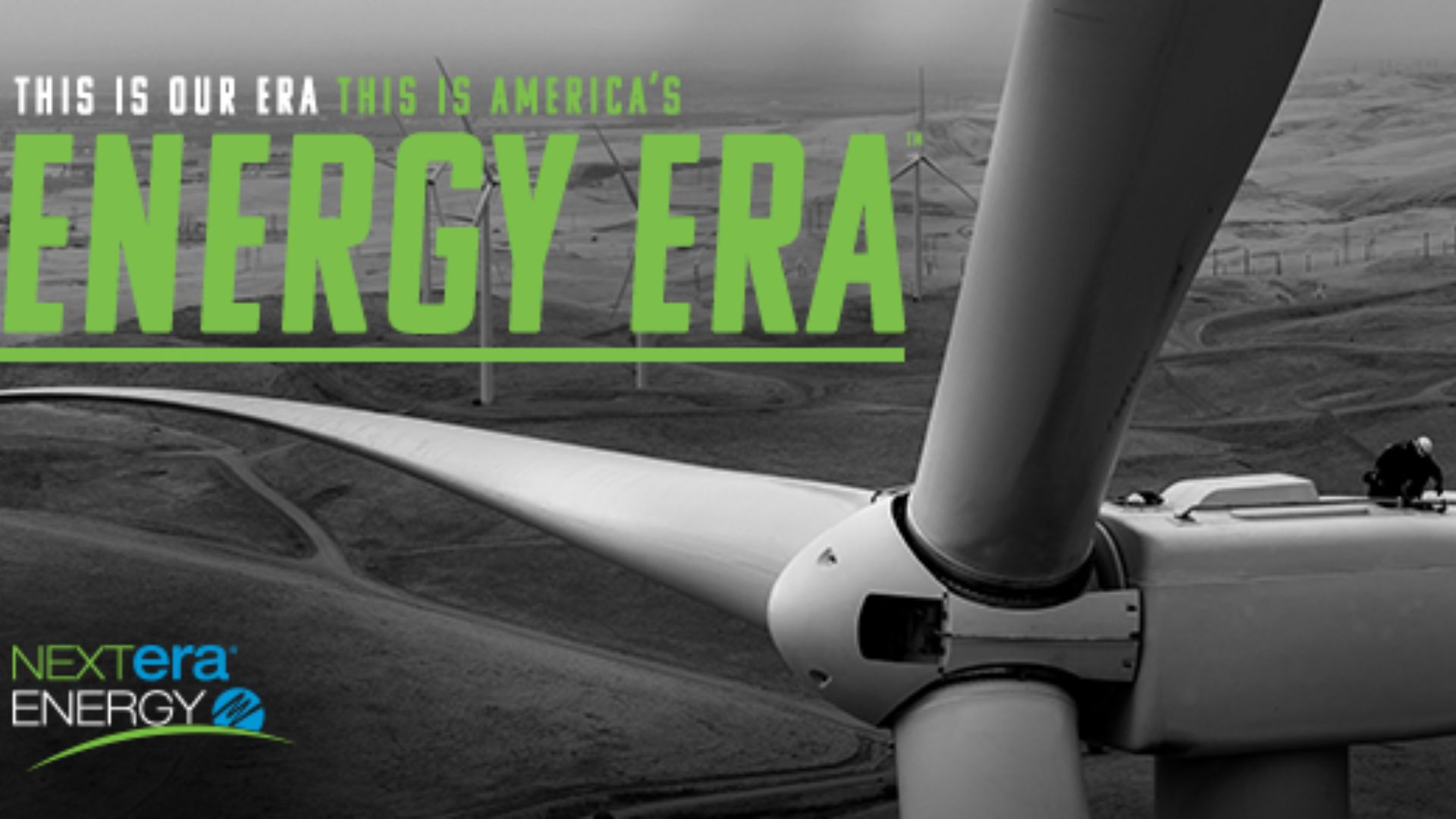
Facing the degradation of his land, Duttlinger reached out to NextEra Energy Resources, the parent company behind the project.
The response was a vague promise to assess the situation at the contract’s end—decades in the future, Reuters reports.
The Allure of Solar in the Midwest
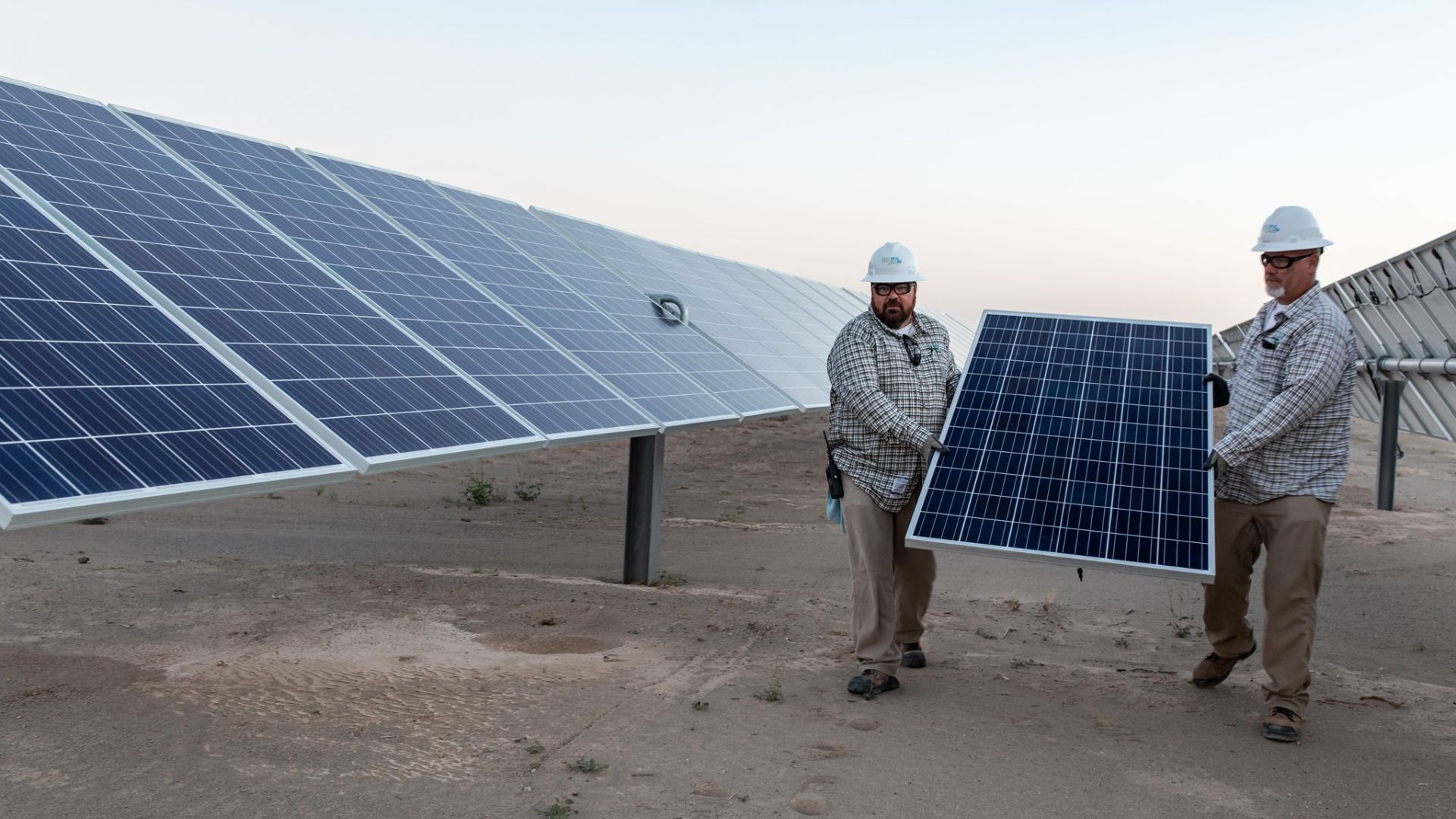
The Midwest’s expansive fields and affordable land rents are drawing solar projects in droves, fueled by both state and federal incentives.
But at what cost to the agricultural value of these lands?
High Stakes for High-Quality Soil
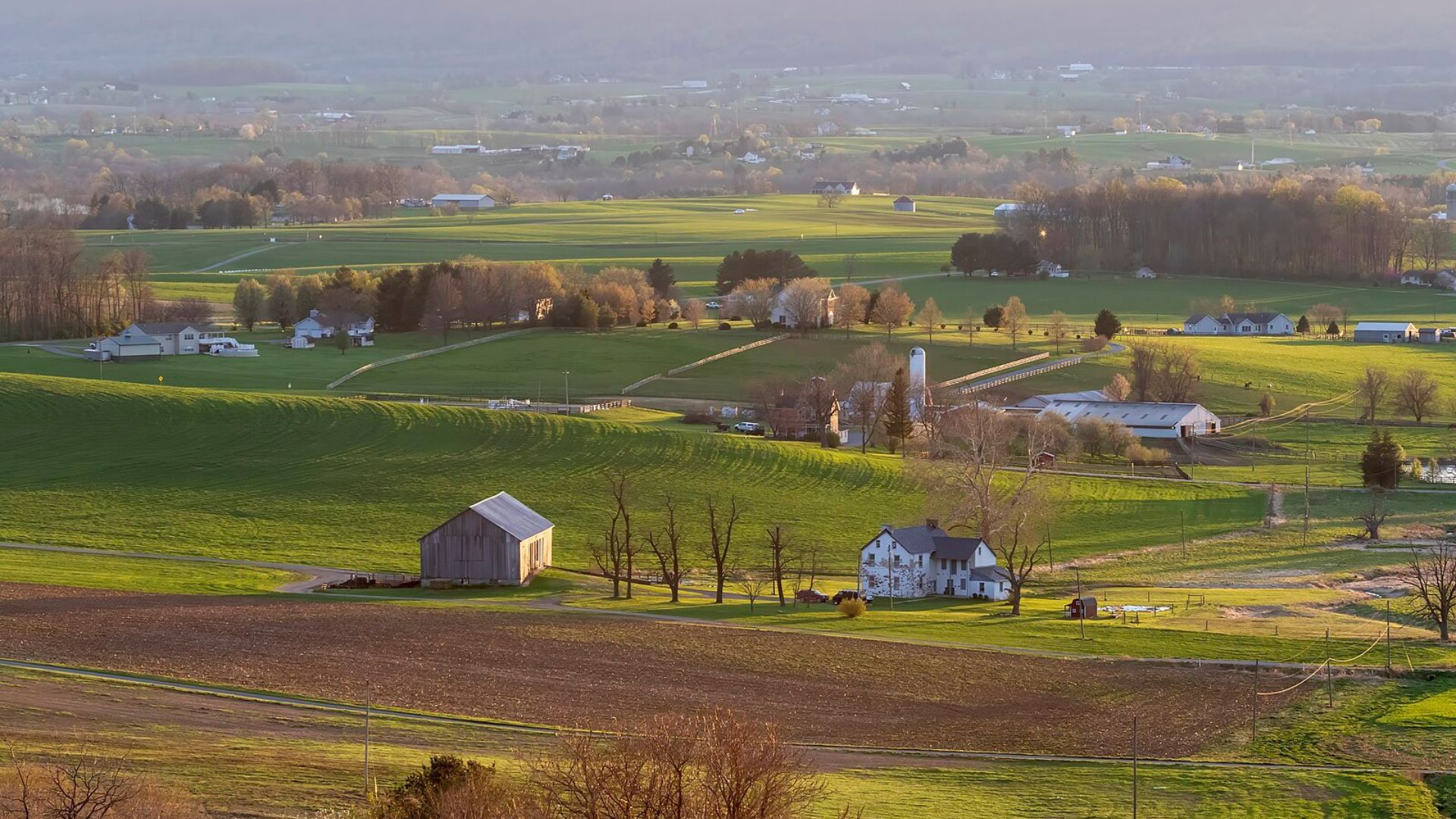
Some of Duttlinger’s now-panel-covered plots were among the most productive according to USDA classifications.
This shift from food to energy production poses questions about priorities and sustainability.
Financial Temptation vs. Farming Tradition
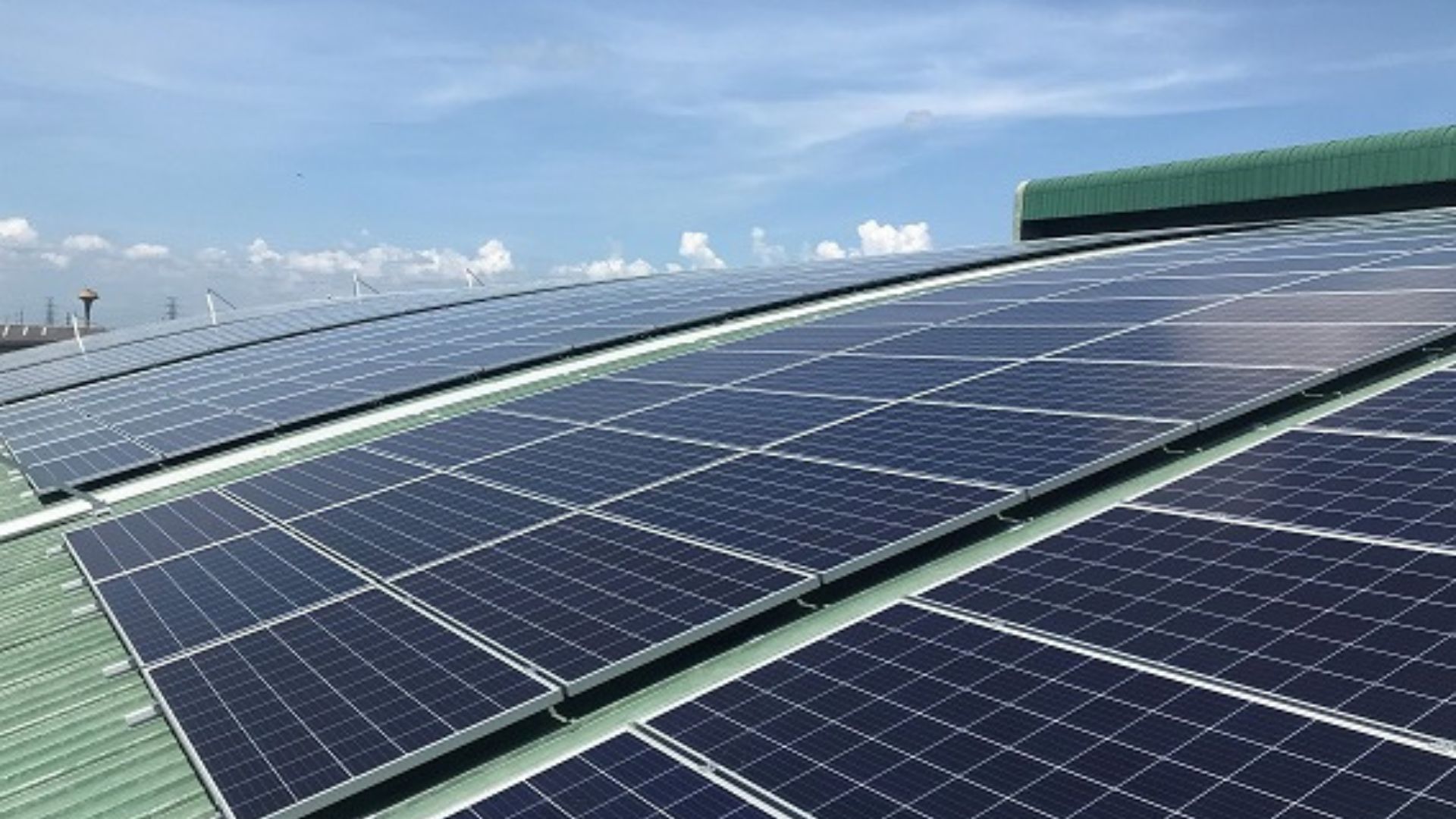
Solar leases offer substantial rent, tempting farmers with immediate financial gain.
Yet, this shift could sideline generations of farming tradition, exchanging crop rows for rows of solar panels.
Innovations and Alternatives in Solar Farming

Not all solar developments spell doom for agriculture.
Some projects design their layouts to allow for crops between panels or use the land to graze livestock, blending energy production with agricultural activity.
The Debate Over Farmland Usage
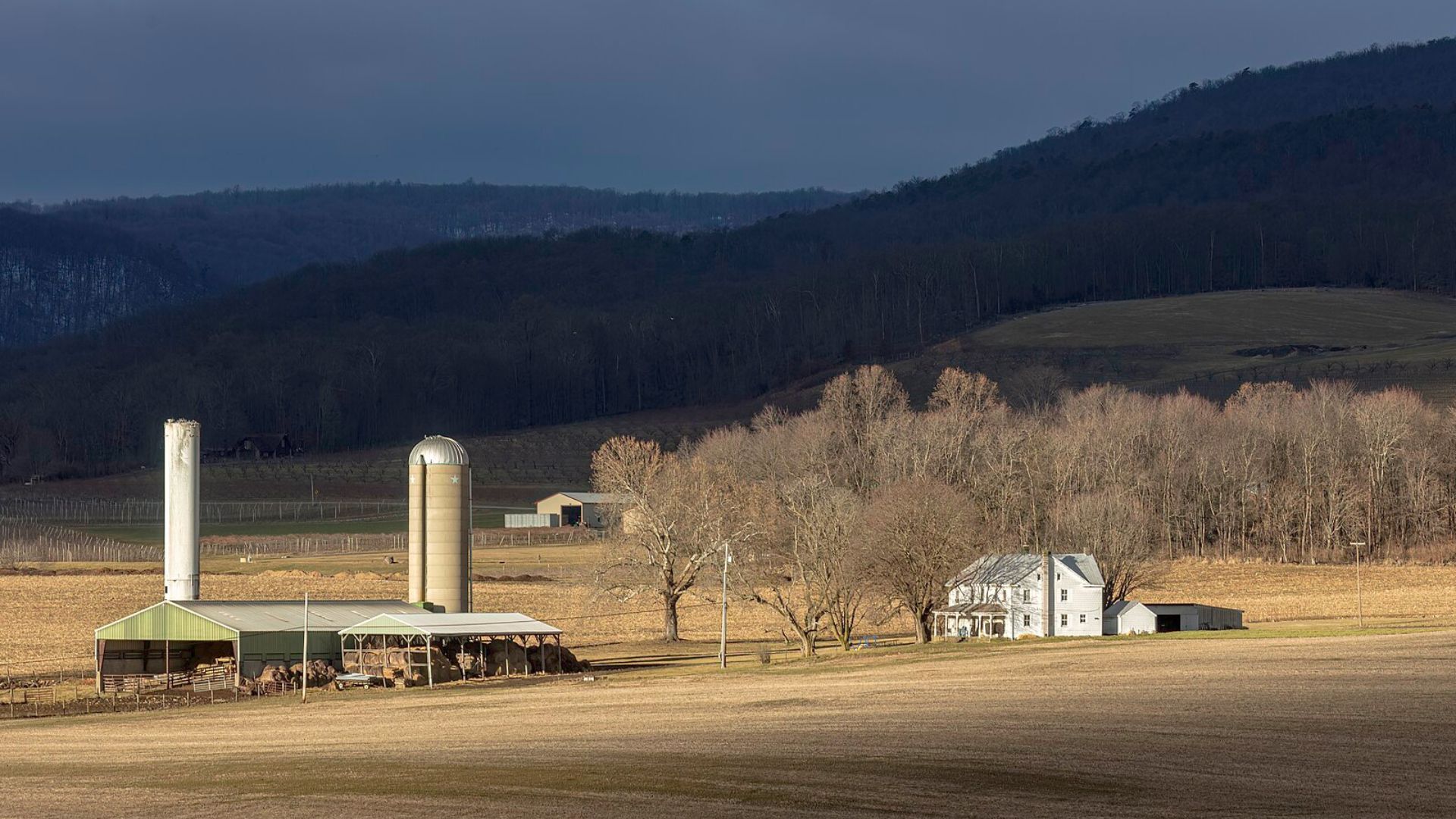
As solar farms sprawl across America’s heartland, agricultural experts warn of long-term impacts to food production capabilities.
The reduction in available high-quality farmland could be a blow to both local and national agricultural economies.
Energy Needs vs. Food Security
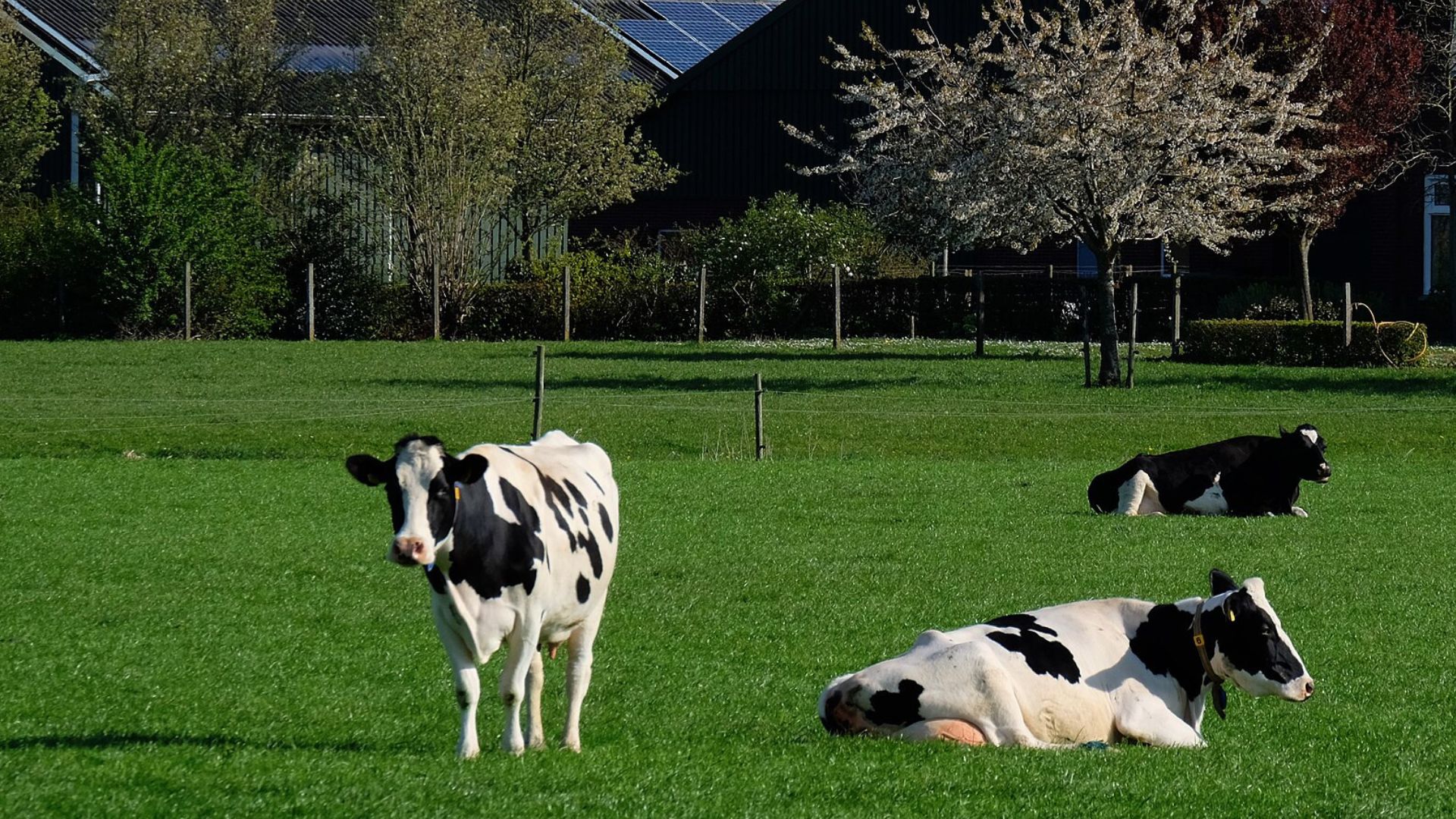
The drive towards renewable energy is clashing with the need for food security.
With the U.S. planning significant solar expansions to meet environmental goals, the balance between cultivating crops and harvesting sunlight remains delicate.
